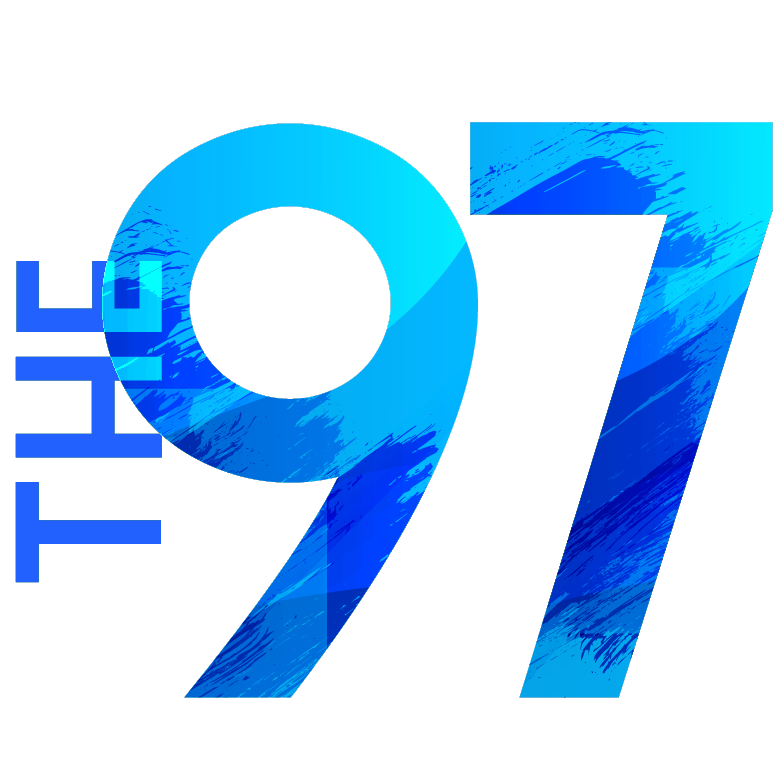In 1997, Mariah Carey released her magnum opus, Butterfly, amidst marital and professional turmoil. She not only wanted out of her stifling marriage, but the constricting box she had been stuffed in musically, as well. With few fucks given, she dropped the “Honey” single and music video – igniting controversy about her split from then-husband and label head Tommy Mottola. With its parent album, she shed the pop confines she had been placed in to make a (mostly) pure R&B album with clear hip-hop influences. On the now-iconic fan favorite and critically lauded “Breakdown,” she bared her soul in regards to her marital circumstance. “Breakdown” is sequenced directly after another, as Mariah would say, “obscure moment,” another fan favorite: “Fourth of July.” But why?
Allow us to consider the content on Butterfly for a moment before delving specifically into “Fourth of July.” For an album from a woman on the brink of divorce, there is not much about heartbreak on Butterfly. The title track is about letting go of someone you know isn’t right, “Breakdown” is about the depression and pain that comes with realizing someone does not love you anymore, and “The Beautiful Ones” is a Prince cover about being hurt. But she didn’t write that, and for Mariah, that’s important. Obviously she chose it for a reason, but it’s not her words.
The majority of the album is about longing for something, or rather, someone… more. “Honey,” “My All,” “The Roof,” “Babydoll,” “Whenever You Call” and “Fourth of July” are all about being in love (or lust) and longing for affection from that someone. With “Fourth of July,” one has to wonder why she chose the theme of America’s Independence Day.
The simple answer could be rather non-eventful: maybe it is a true story that coincidentally happened on the Fourth of July. However, being familiar with Mariah as an artist, as a songwriter, one might see it another way. It is very likely that she chose it as a metaphor for her own freedom. That’s what the album, and its era, was about. The song has frequently been lauded for its beautiful, descriptive writing – abundant with imagery and advanced vocabulary – but perhaps there is more to it.
“Fourth of July” is about a moment of freedom; of independence; of escape. On the first chorus, she sings:
Then you put your hand in mine,
And we wandered away.
I was trembling inside,
But I wanted to stay.
Pressed against you there and leave the world behind
On that Fourth of July.
Wandering away, trembling, and leaving the world behind. The world she was in was confining; stifling. She was trembling out of fear because she knew what she was doing was wrong, she knew that she was potentially being monitored, she was afraid of breaking away. But she went anyway, because it was Independence Day.
On the second chorus, the lyrics change, and so do her feelings:
Then you put your hand in mine,
And we floated away.
Delicately lay entwined,
In an intimate daze.
A crescent moon began to shine,
And I wanted to stay.
Tangled up with you among the fireflies,
On that Fourth of July.
The wandering changes to floating; wandering implies nervousness or being lost, while floating implies being carefree and happy. She adds a couplet about being “entwined, in an intimate daze,” to show how them being cuddled together felt right, inseparable even, and dreamlike. Next, she is no longer trembling inside and there is no “but,” she simply wants to stay. No longer was she simply “pressed against” him, she was “tangled up” in the mess she has made for herself. Yet, she wants to stay.
On the bridge she sings of “ominously hovering” clouds before a storm that threatened their experience. Literally, it is wonderful imagery… but figuratively, it could be her realization that the moment of independence and happiness she was experiencing could not last. In the final chorus, the mood changes again:
Then you put your hand in mine,
And we ran from the rain.
Tentatively kissed goodnight,
And went our separate ways.
And I’ve never truly felt the way that I
Felt that Fourth of July.
Truly I have never felt the same inside,
Like that Fourth of July.
Truly I could never feel the same as I
Felt that Fourth of July.
As they “tentatively” kiss goodbye before going their “separate ways,” it indicates interest in seeing in each other again, but the next few lines seem to indicate that that won’t be a reality. First, she admits she had never felt that way before. Then, she comes to the sad realization that may never get the chance to feel that way again.
Just as America’s “Declaration of Independence” was a statement resulting from a series of influential events and ignited a war for freedom… Mariah Carey’s “Fourth of July” was her own declaration of sorts. She detailed a moment when she truly experienced independence and freedom, while quietly beginning the battle to truly reclaim it. Perhaps, for her, the realization she had on the night described in “Fourth of July,” like America’s own Fourth of July, was the first step in her quest for independence.






